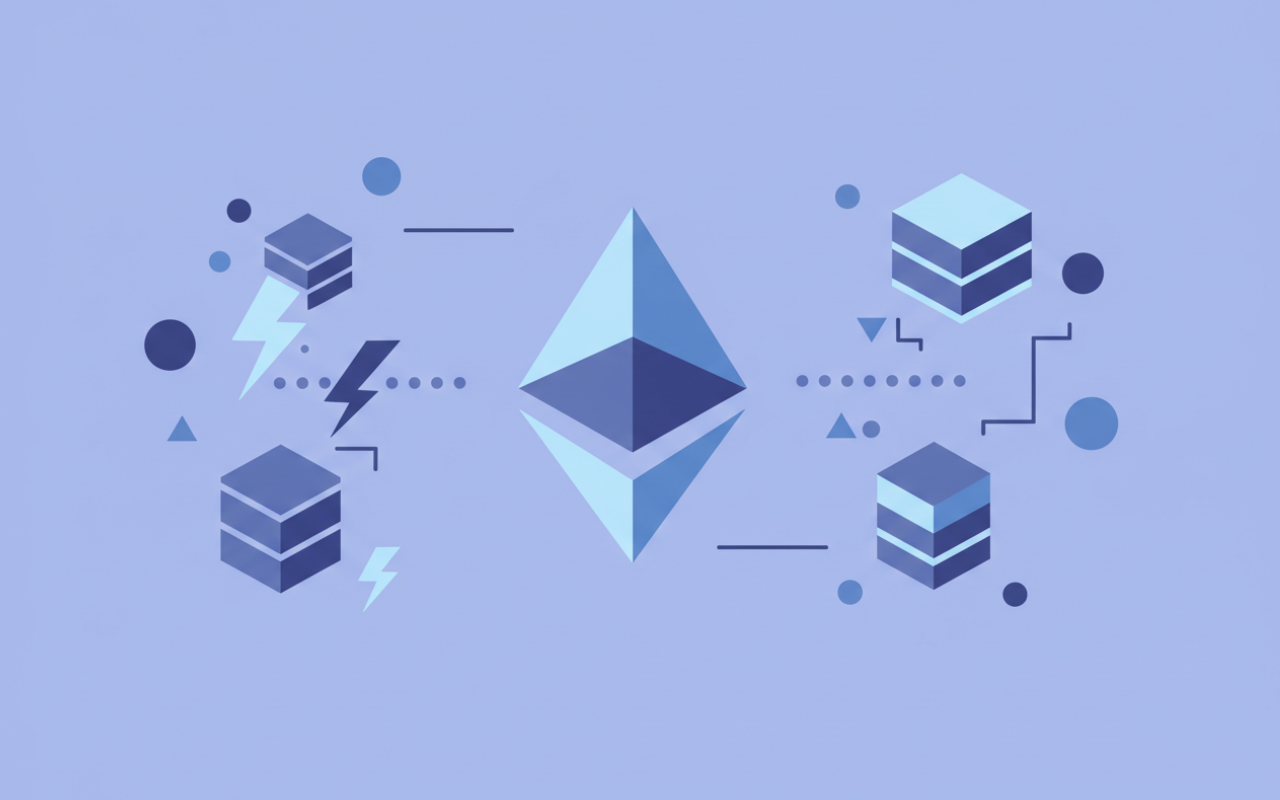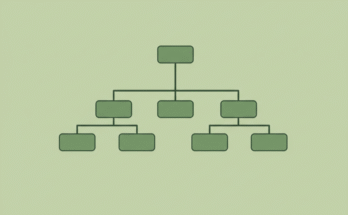Blockchain technology has revolutionized the way we think about data, security, and decentralization. However, as blockchain networks grow in popularity and usage, scalability has become a significant challenge. One of the most promising solutions to this issue is Plasma. If you’ve ever wondered which blockchain Plasma is associated with or how it works, you’re in the right place! Let’s dive into the world of Plasma and explore its role in the Ethereum ecosystem.

What is Plasma?
Plasma is a scalability framework designed to enhance the performance of blockchain networks by creating off-chain solutions. It was proposed in 2017 by Vitalik Buterin (co-founder of Ethereum) and Joseph Poon (co-author of the Lightning Network for Bitcoin). Plasma aims to address Ethereum’s scalability challenges by enabling faster transactions and reducing the load on the main Ethereum blockchain, also known as Layer 1.
In simple terms, Plasma creates smaller, secondary blockchains (called “child chains” or “Plasma chains“) that are connected to the main Ethereum blockchain. These child chains handle a significant portion of the transactional workload, allowing Ethereum to process more transactions without compromising its security or decentralization.
Why Does Ethereum Need Plasma?
Ethereum is one of the most popular blockchain platforms, hosting thousands of decentralized applications (dApps) and smart contracts. However, as more users interact with these dApps, Ethereum’s network can become congested. This congestion leads to slower transaction times and higher gas fees, making it less efficient for users.
Plasma was designed to solve this problem by offloading some of the transactional activity from the Ethereum mainnet to its child chains. This reduces network congestion, improves transaction speed, and lowers costs for users. In essence, Plasma helps Ethereum scale while maintaining its core principles of decentralization and security.
How Does Plasma Work?
→ The concept behind Plasma is both innovative and elegant. Here’s a simplified breakdown of how it works:
- Child Chains: Plasma creates child chains that operate independently but are anchored to the Ethereum mainnet. These chains can process transactions, execute smart contracts, and perform other functions without burdening the main Ethereum blockchain.
- Merkle Trees: Plasma uses a cryptographic structure called a Merkle tree to ensure that all transactions on the child chains are secure and can be verified on the mainnet. This allows users to trust the child chains without requiring them to store or validate all the data themselves.
- Periodic Checkpoints: To maintain security and accountability, child chains periodically submit summaries of their activity to the Ethereum mainnet. These summaries act as checkpoints that ensure the integrity of the child chain’s operations.
- Exit Mechanism: If anything goes wrong on a child chain (e.g., malicious activity or bugs), users can “exit” their funds back to the Ethereum mainnet using cryptographic proofs. This ensures that users always have control over their assets, even if a child chain becomes compromised.
What Are the Benefits of Plasma?
→ Plasma brings several key benefits to Ethereum and its users:
- Scalability: By offloading transactions to child chains, Plasma significantly increases Ethereum’s capacity to handle more users and dApps.
- Lower Costs: With reduced congestion on the mainnet, gas fees for transactions are lower, making it more affordable for users.
- Faster Transactions: Child chains can process transactions more quickly than the main Ethereum blockchain, resulting in a smoother user experience.
- Security: Because child chains are anchored to the Ethereum mainnet and use cryptographic proofs, they inherit Ethereum’s robust security model.
Challenges and Limitations of Plasma
→ While Plasma is a groundbreaking solution, it’s not without its challenges:
- Complexity: Implementing Plasma requires sophisticated technology and coordination between developers, which can be challenging.
- Exit Delays: The exit mechanism for withdrawing funds from a child chain back to the mainnet can take time (usually a few days), which may be inconvenient for some users.
- Not Ideal for All Use Cases: Plasma works best for certain types of applications, such as payment processing or simple token transfers. More complex dApps may require other scalability solutions.
Plasma vs. Other Layer 2 Solutions
Plasma is one of several Layer 2 scaling solutions for Ethereum. Others include rollups (Optimistic Rollups and zk-Rollups) and state channels. Each solution has its own strengths and weaknesses, and they are often used together to create a more scalable Ethereum ecosystem.
→ For example:
- Rollups bundle transactions together and process them off-chain before submitting them to the mainnet.
- State channels allow two parties to transact directly with each other off-chain while only recording the final state on-chain.
Plasma stands out because of its ability to create hierarchical structures of child chains, which can scale Ethereum in a unique way.
The Future of Plasma on Ethereum
As Ethereum continues its transition to Ethereum 2.0 (a major upgrade that introduces proof-of-stake and sharding), scalability remains a top priority. While other Layer 2 solutions like rollups have gained significant traction recently, Plasma still holds promise as a complementary approach for specific use cases.
Developers are constantly refining Plasma’s design to make it more efficient and user-friendly. As these improvements are implemented, we can expect Plasma to play an important role in shaping Ethereum’s future as a scalable, decentralized platform.
Conclusion
Plasma is an exciting innovation that addresses one of Ethereum’s biggest challenges, scalability. By creating child chains that offload work from the mainnet, Plasma enables faster transactions, lower fees, and a better user experience, all while maintaining Ethereum’s security and decentralization.
While it’s not a one size fits all solution, Plasma is an important piece of the puzzle in making blockchain technology accessible to everyone. Whether you’re a developer building dApps or just someone curious about how blockchain works, understanding solutions like Plasma gives you a glimpse into the future of decentralized systems.


![[Blockchain Beyond Cryptocurrency] The Untapped Potential Across Industries](https://mineatech.com/wp-content/uploads/2025/08/blockchain-beyond-cryptocurrency-the-untapped-potential-across-industries-348x215.png)
![What Is a Blockchain Consensus Algorithm? [Explained Simply]](https://mineatech.com/wp-content/uploads/2025/08/what-is-a-blockchain-consensus-algorithm-explained-simply-348x215.png)